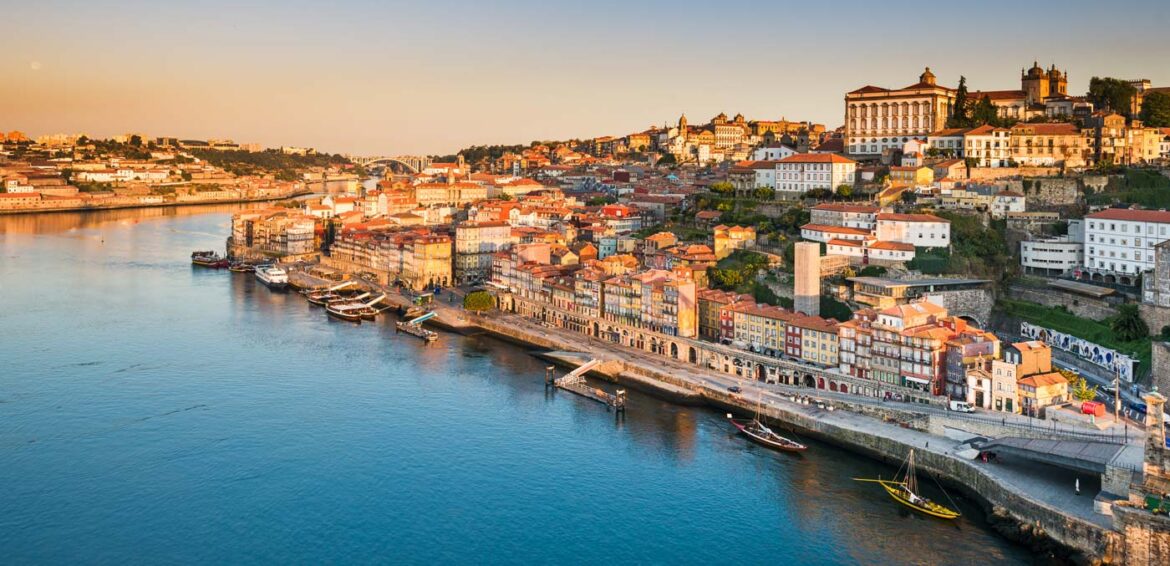The itinerary
My 10-day journey begins with a two-night hotel stay in Lisbon. The first day is for our arrival and tour briefing. On day two, I join Viking’s Flavours of Lisbon foodie walking tour, learning about the history of Portugal’s food scene and sampling its delights along the way. We visit a market where we try Ginja, Portugal’s unique sour cherry liqueur and three different eateries, concluding at Manteigaria, a cafe that exclusively makes Pastéis de Nata, Portugal’s famous custard tarts. Learning that you say pastel de nata for a single tart and pastéis de nata for multiple tarts. Manteigaria sells over 3,000 pastéis de nata every day, and every bite of mine is delicious.
Day 3: Lisbon to Porto
Day three, we journey from Lisbon to Porto, stopping in Coimbra, one of Portugal’s oldest cities, for lunch with musical performances and a tour of its medieval-era university. The afternoon is the highlight, embarking on Viking Torgil with my partner and being shown to our Veranda stateroom. I unpack and stow my suitcase, knowing I won’t have to use my suitcase for another week. It is bliss. We mingle over drinks and live music in the Lounge, meeting the crew and other passengers before a welcome briefing. Afterwards, I take a glass of champagne to the sun deck and enjoy the beauty of Porto.
Cruising the DouroDay 4
I’m trying to read my book, but it’s impossible. Each time I attempt a paragraph, my eyes drift upward, drawn to my ever-changing view. One line in, I pass a sprawling 17th-century estate, another sentence, terraced vineyards cascading down the hillside. I give up. My book is set aside and I let the scenery wash over me. It is well-timed too, as we are approaching Lock Carrapatelo, the deepest lock in Europe and one of the highest in the world. Everyone gathers on the sun deck to watch as we rise up 35 metres. Viking Torgil is a mini ship that has been specially designed for the Douro’s tight locks. The ship’s specifications are so precise that it feels as though we only have centimetres to spare.
After lunch, we disembark for Mateus Palace, the grand estate pictured on the Mateus wine bottle. The rosé was so popular in the ‘60s and ‘70s that it accounted for 40% of Portugal’s wine exports. Built in the 18th century, the palace features a Baroque facade with an ornate double staircase. Inside are countless priceless objects, however, the library is the most impressive, its floor-to-ceiling chestnut wood shelves are filled with leather-bound books as old as the home itself. I feel humbled by the elaborate display of wealth that wine has poured into the region.
Back on our tour bus, we weave along twisting roads for a modern look at Portugal’s wine scene at Sandeman Quinta do Seixo Winery & Vineyards. The 17th-century estate overlooks the Douro River with a view that belongs in an oil painting. We learn how port wines are crafted and sit down for a tasting against this glistening green and blue backdrop.


Dining and Cooking